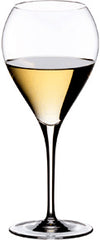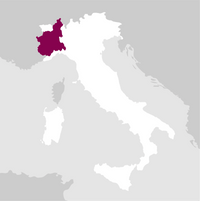Details

Perfume

Color

Taste
Serve at:
10 - 12 °C.
Longevity:
01 - 02 years

Pairings
- Start up year: 1873
- Oenologist: Eugenio Palumbo
- Bottles produced: 600.000
- Hectares: 75
We train our expertise and winemakers’ sensitivity, while looking after every detail. That’s the style that makes our winery stand out.
We have always opted for the most natural and artisanal processing techniques. This commitment stems from continuous observation, patient waiting, and from the respect for the natural cycle followed by our plants. We know every vineyard, observe each of them in their unique growing season, and respect them.
We respect our land, the techniques, and the ancient knowledge that, along with continuous training, make our wine unique. We take care of the work that we do, aligned with the values of respect, inclusivity, fairness, and social well-being.
This is part of our philosophy and approach because what makes our wine great is the complete respect towards our territory. While working, we aim to reduce the interventions on the vineyard, and we use natural resources with care and consideration. Read more


| Name | Vietti Moscato d'Asti 2024 |
|---|---|
| Type | White green naturally sweet dessert wine aromatic |
| Denomination | Asti DOCG |
| Vintage | 2024 |
| Size | 0,75 l |
| Alcohol content | 5.0% by volume |
| Grape varieties | 100% Moscato Bianco/Moscato Reale |
| Country | Italy |
| Region | Piedmont |
| Vendor | Vietti |
| Origin | The grapes are sourced from small vineyards in Castiglione Tinella |
| Soil composition | Limestone- and clay-rich soil. |
| Cultivation system | Guyot |
| Plants per hectare | 4500 |
| Harvest | The grapes are harvested by hand in and around late August/early September. |
| Wine making | The vinification begins with a gentle pressing of the grapes and natural cold decanting. The must is stored at a very low temperature in stainless-steel tanks to avoid spontaneous fermentation. Throughout the year, individual portions of the must are put in an autoclave at a temperature of 12 4 degrees to initiate alcoholic fermentation. When a percentage of around 5.5% alcohol by volume is reached, the temperature is quickly reduced to stop the fermentation. The wine, which is only partially fermented, is then filtered. |
| Aging | The wine does not undergo malolactic fermentation and is bottled using sterile filtration, to maintain its natural freshness, aromas and fine bubbles. |
| Allergens | Contains sulphites |




